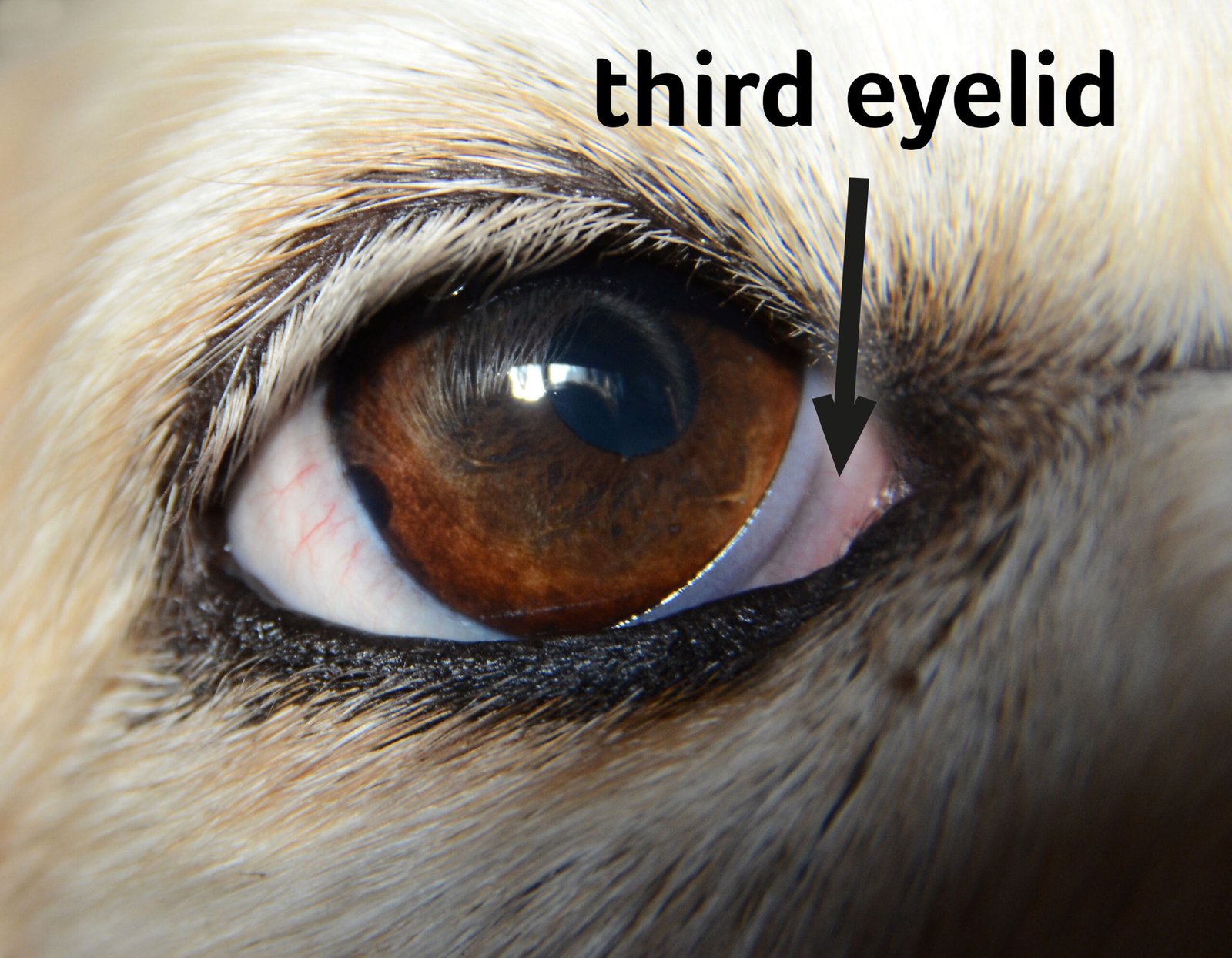Training your pet is an essential part of being a responsible pet owner. It not only helps your pet behave better but also strengthens your bond with them. However, it’s crucial to understand the different training methods and their impact on animals.
Learning Quadrants
In the world of animal training, there are four learning quadrants: Positive Reinforcement, Negative Reinforcement, Positive Punishment, and Negative Punishment.
Positive Reinforcement is the most recommended and effective method of training. It rewards the pet for good behaviour, and the reward can be anything the pet enjoys, like treats, praise, or playtime. Positive Reinforcement builds trust, enthusiasm, and confidence in pets, and the long-term outcomes include strengthened relationships between pet and owner, and better behaviour.
Negative Reinforcement is when the pet is trained to perform a specific action to avoid an aversive stimulus, such as an electric shock or a loud noise. Although this method can show results in the short-term, it often results in anxious or fearful behaviour in the long term, and the bond between the pet and the owner may become weakened.
Positive Punishment is when the pet is punished for an undesired behavior, such as hitting or yelling at the pet. This method can lead to fear, anxiety, and aggression in pets, and it often weakens the bond between pet and owner.
Negative Punishment is when something the pet enjoys is taken away as a punishment, such as taking away a toy or ending playtime. This method can also result in anxiety, depression, and boredom in pets.
Benefits of Positive Reinforcement
Positive Reinforcement is the preferred training method as it builds a strong bond between the pet and owner. It creates excitement and engagement in learning, develops problem-solving skills, and increases the pet’s confidence. Positive Reinforcement training is a force-free and humane approach that focuses on rewarding desired behaviour and ignoring or redirecting undesired behaviour.
Fallouts of Other Methods
Negative Reinforcement, Positive Punishment, and Negative Punishment can all lead to undesired behaviour and damage the bond between the pet and owner. These methods can cause anxiety, fear, aggression, depression, and lack of confidence in pets. Not only that, pets trained with punishment-based methods are often more likely to display reactive or aggressive behaviour.
Conclusion
As pet owners, we have a responsibility to train and treat our pets in a humane and ethical manner. Positive Reinforcement training is the most effective method of training and helps build a strong bond between the pet and owner. We should avoid using methods that can cause harm to our pets, such as punishment-based methods, and instead focus on methods that help our pets learn, grow, and thrive.




Leave a Reply